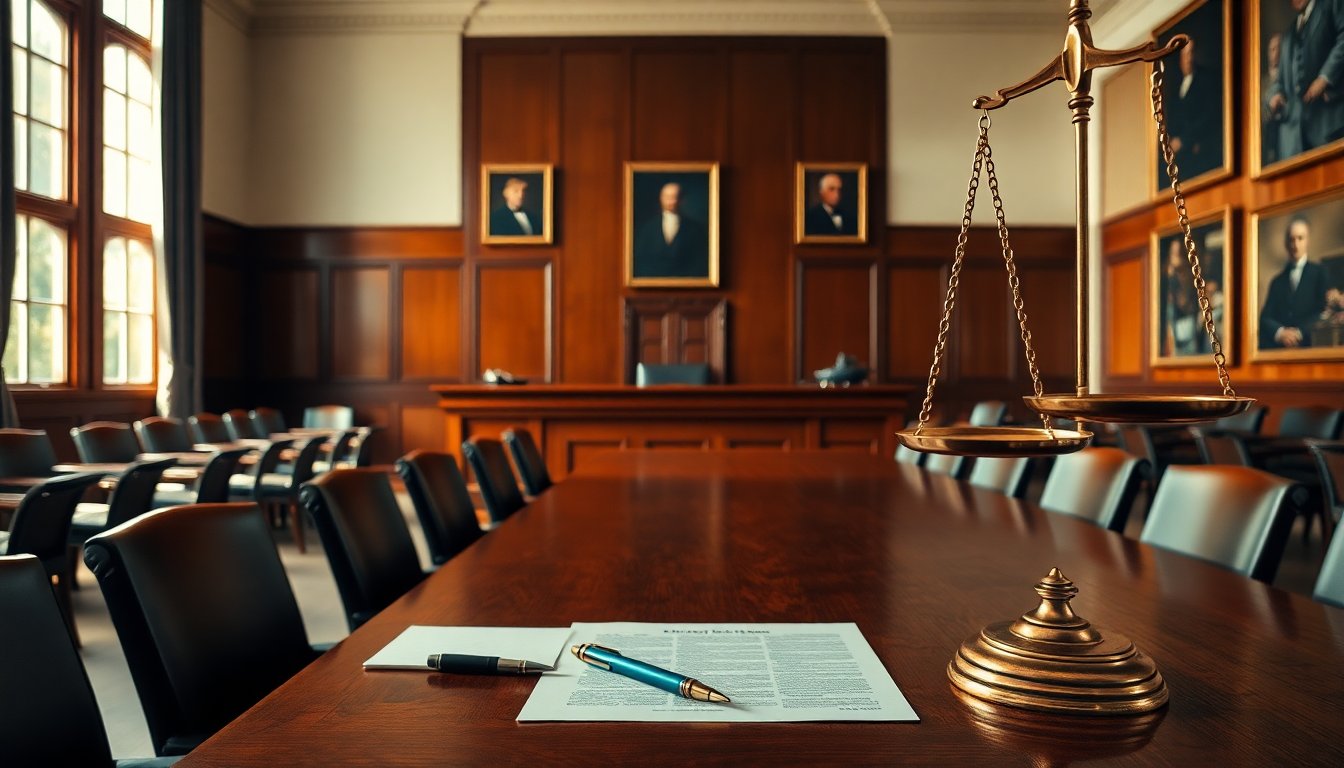Table of Contents
Former President Donald Trump has renewed his legal battle against The New York Times by reintroducing a $15 billion lawsuit. This action follows a federal judge’s dismissal of his initial complaint for being excessively lengthy. The revised lawsuit has been filed in the U.S. District Court located in Tampa, Florida, focusing on claims of defamation stemming from two articles and a book published by the newspaper’s reporters.
Trump’s legal team has emphasized that this lawsuit aims to hold the media accountable for what they describe as fake news. A spokesperson stated that the intention is to seek justice not only against The New York Times but also against its reporters and the publishing house Penguin Random House.
Details of the revised lawsuit
In the newly filed complaint, Trump accuses The New York Times and its reporters—Susanne Craig, Russ Buettner, Peter Baker, and Michael S. Schmidt—of disseminating false information that has harmed his reputation. The lawsuit also targets Penguin Random House for publishing the book titled Lucky Loser: How Donald Trump Squandered His Father’s Fortune and Created the Illusion of Success, authored by Craig and Buettner.
Judicial requirements for refiled complaints
Last month, the federal judge overseeing the case instructed Trump’s legal team to condense the original complaint, which was a hefty 85 pages, into a more manageable format of 40 pages. The revised document adheres to this requirement, containing allegations related to Trump’s portrayal in the media, particularly concerning his time as the star of the reality show The Apprentice and accusations regarding his tax practices.
The New York Times has responded to the refiled lawsuit by reiterating their stance that the case lacks merit. A spokesperson for the publication stated that this legal action appears to be an attempt to undermine independent journalism and generate publicity for Trump, asserting that they will not be intimidated by such tactics.
Previous legal battles
This lawsuit is not an isolated incident; Trump has previously engaged in similar legal actions against major media outlets such as ABC News, CBS News, and The Wall Street Journal. Over the past year, he has achieved substantial settlements, including an eight-figure agreement with ABC News. This settlement, amounting to $15 million, was reached after a lawsuit stemming from anchor George Stephanopoulos’s comments suggesting that Trump had been found liable for rape.
Implications of media lawsuits
Trump’s persistent legal strategies against various news organizations underscore a growing trend where public figures seek to challenge media narratives through litigation. His lawsuit against CBS, for instance, addressed what he claimed were misleading editing choices during a 60 Minutes interview with then-Vice President Kamala Harris. CBS’s parent company, Paramount, ultimately settled that case for a sum that could reach $30 million.
These legal actions highlight the contentious relationship between Trump and the media, as he consistently positions himself as a victim of biased reporting. The outcomes of these lawsuits could have broader implications for the media landscape and the way public figures engage with journalism.
As Trump reestablishes his legal claims against The New York Times, public and media attention remains fixed on the unfolding developments. This lawsuit not only reflects Trump’s ongoing battle against what he perceives as defamation but also raises important questions about the boundaries of journalism and the accountability of media outlets.


